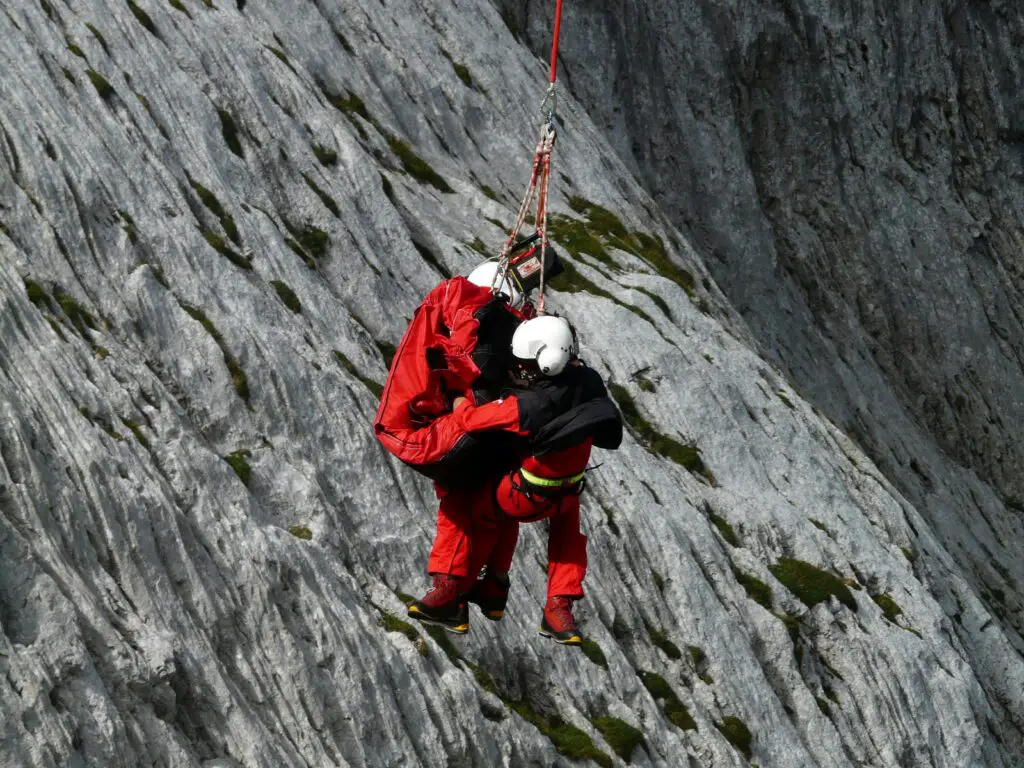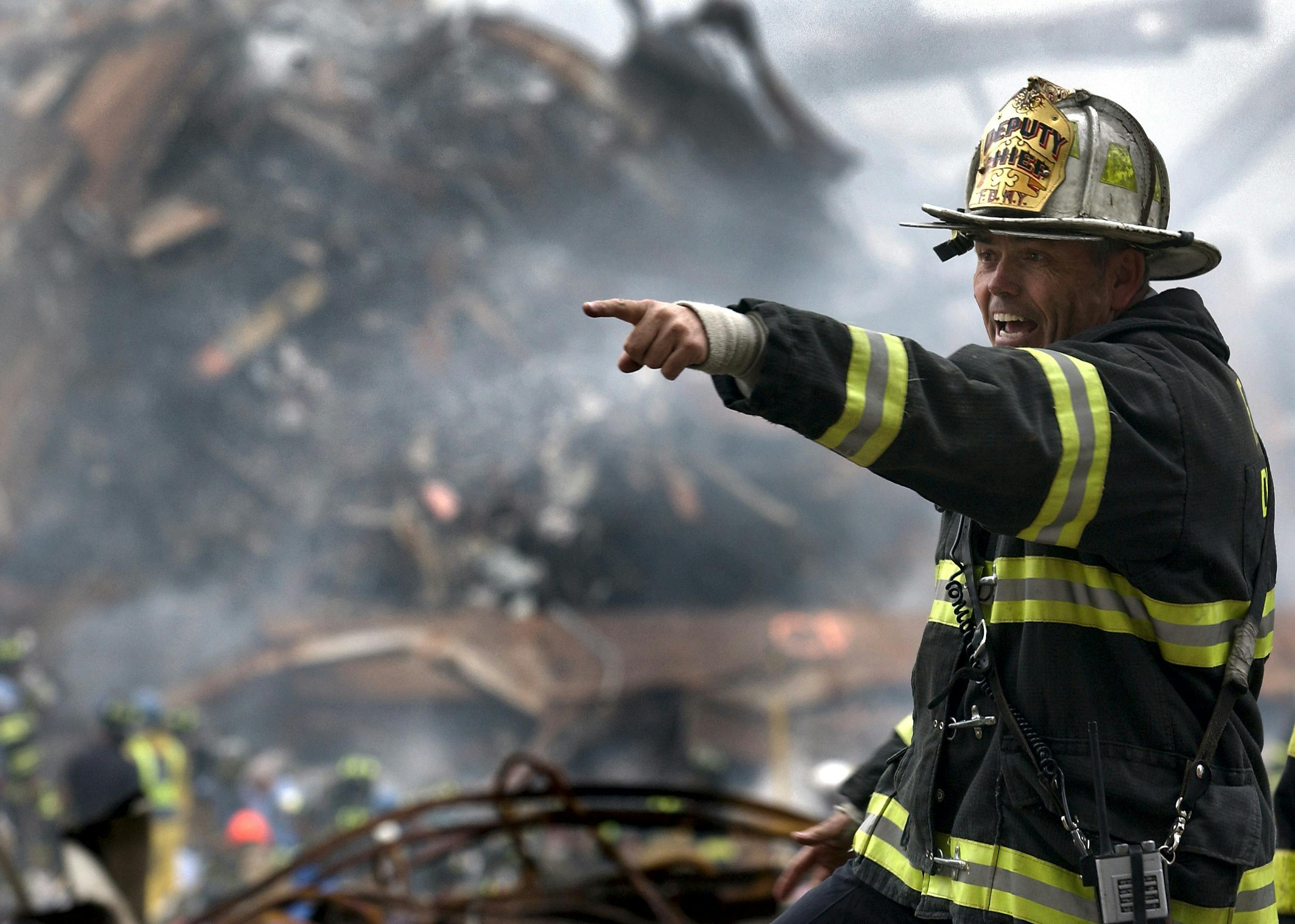In emergency situations, clear and effective communication can mean the difference between life and death. For Deaf individuals, sign language is a vital tool for accessing information, seeking help, and staying safe. From natural disasters to medical emergencies, sign language plays a crucial role in ensuring that everyone—regardless of hearing ability—can respond effectively to crises. In this blog post, we’ll explore how sign language is used in emergency situations, the challenges faced by the Deaf community, and how we can promote inclusivity in crisis response.
The Importance of Sign Language in Emergencies
Emergencies are chaotic and fast-paced, making communication even more critical. For Deaf individuals, sign language is often the most effective way to:
- Receive important information (e.g., evacuation instructions).
- Communicate with first responders and medical personnel.
- Seek help or report an emergency.
Without access to sign language, Deaf individuals may be left vulnerable and unable to respond effectively to crises.
How Sign Language is Used in Different Emergency Scenarios
1. Natural Disasters
- During events like hurricanes, earthquakes, or wildfires, Deaf individuals rely on sign language interpreters and visual alerts to stay informed.
- Example: In the aftermath of Hurricane Katrina, Deaf individuals faced significant challenges due to a lack of accessible communication. Since then, efforts have been made to include sign language interpreters in disaster response plans.
2. Medical Emergencies
- In hospitals and ambulances, sign language interpreters help Deaf patients communicate their symptoms, understand diagnoses, and make informed decisions about their care.
- Example: Video Remote Interpreting (VRI) services allow medical staff to connect with sign language interpreters in real-time, even in remote areas.
3. Public Safety Alerts
- Emergency alerts on TV, radio, and smartphones often lack sign language interpretation, leaving Deaf individuals uninformed.
- Solution: Some countries have started incorporating sign language interpreters into emergency broadcasts, ensuring that Deaf individuals receive critical information.
4. Evacuations and Shelter Situations
- During evacuations or in shelters, Deaf individuals may need sign language interpreters to access instructions, ask questions, or report issues.

Challenges Faced by the Deaf Community in Emergencies
Despite the importance of sign language, Deaf individuals often face significant barriers during emergencies:
1. Lack of Accessibility
- Many emergency systems, such as sirens or PA announcements, are auditory and inaccessible to Deaf individuals.
2. Limited Availability of Interpreters
- In fast-moving or large-scale emergencies, there may not be enough sign language interpreters to meet the demand.
3. Miscommunication
- Without proper training, first responders may struggle to communicate effectively with Deaf individuals, leading to misunderstandings or delays in assistance.
4. Stigma and Discrimination
- Deaf individuals may face stigma or discrimination during emergencies, further complicating their ability to access help.
How to Improve Accessibility in Emergency Situations
Here are some ways to ensure that Deaf individuals have equal access to emergency services:
1. Incorporate Sign Language into Emergency Plans
- Emergency response plans should include provisions for sign language interpreters and visual alerts.
2. Train First Responders
- First responders should receive training on how to communicate with Deaf individuals and use basic sign language.
3. Use Technology
- Apps, video relay services, and text-based systems can help bridge communication gaps during emergencies.
4. Promote Awareness
- Raising awareness about the needs of the Deaf community can help ensure that emergency services are inclusive and accessible.
Real-Life Examples of Sign Language in Emergencies
1. Hurricane Harvey (2017)
- During Hurricane Harvey, Deaf individuals in Texas relied on social media and text alerts to stay informed, as traditional emergency broadcasts were not accessible.
2. COVID-19 Pandemic
- The pandemic highlighted the importance of sign language in public health communication. Many governments included sign language interpreters in their press briefings to ensure that Deaf individuals received critical information.
3. Japan’s Earthquake Alerts
- Japan has implemented a system that sends visual alerts and sign language videos to Deaf individuals during earthquakes and other emergencies.
How You Can Help
Here are some ways you can support Deaf individuals during emergencies:
- Learn Basic Sign Language: Knowing a few signs, such as “help,” “danger,” or “emergency,” can make a big difference.
- Advocate for Accessibility: Push for sign language interpreters and visual alerts in your community’s emergency plans.
- Share Resources: Help spread the word about apps and services that provide accessible emergency information.
Conclusion
Sign language is a lifeline for Deaf individuals in emergency situations, providing access to critical information and enabling effective communication with first responders. By incorporating sign language into emergency plans and promoting inclusivity, we can ensure that everyone—regardless of hearing ability—has the tools they need to stay safe during crises.



